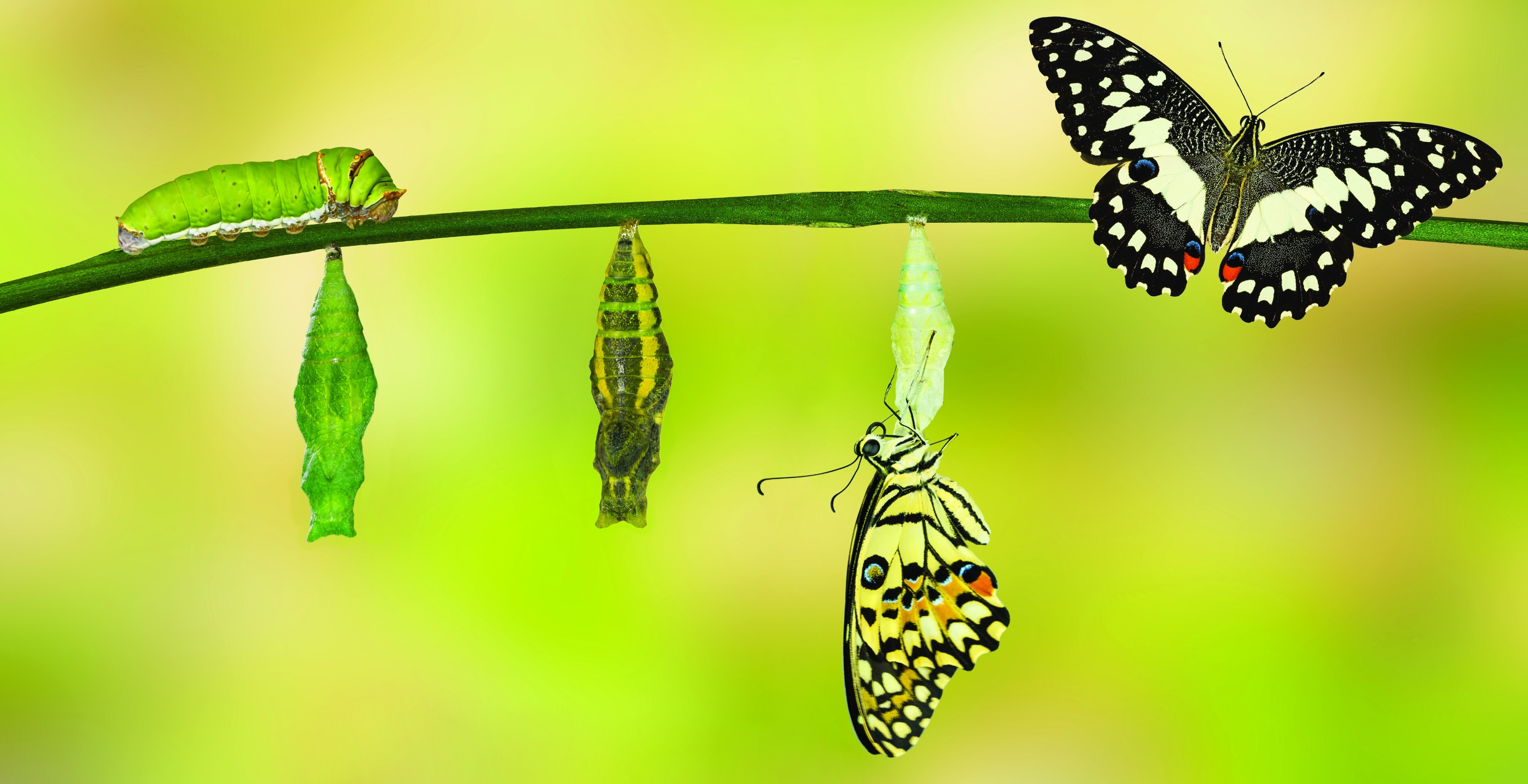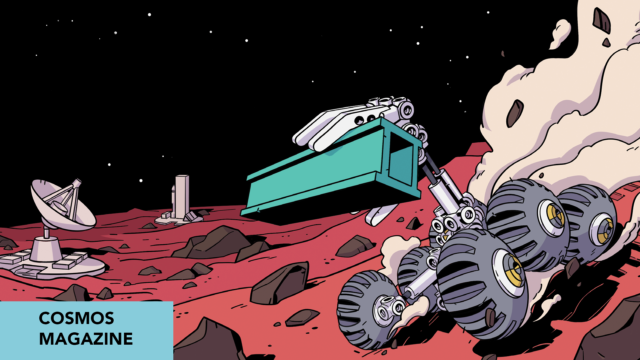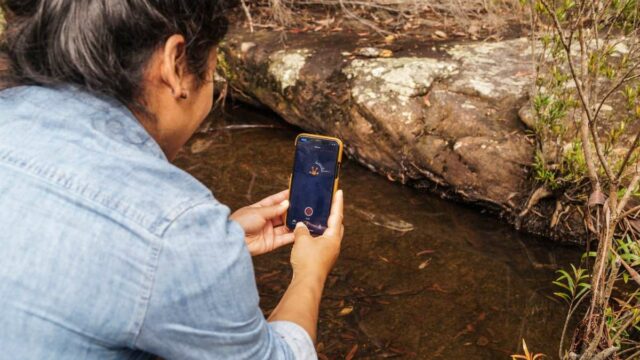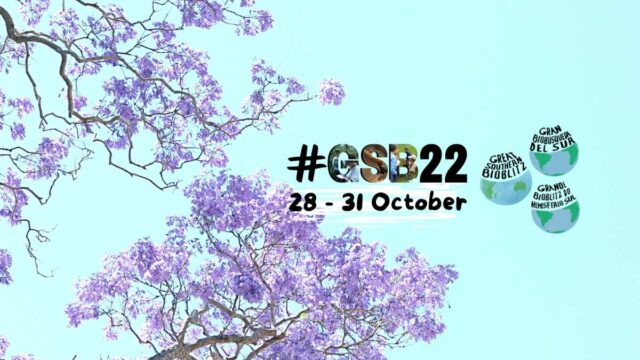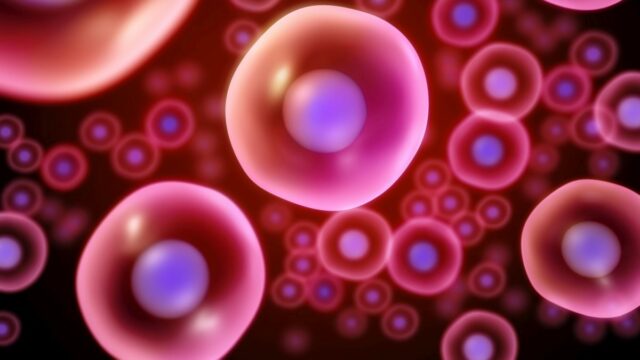The way they change colour is even smarter that we thought.
Use this article to discuss technological developments with students in year 4, 5, 8, 9, and 10 studying Physical, Chemical or Biological Sciences. It would work particularly well with students looking to contextualise their understanding of reflection, cells and materials.
Word Count: 421
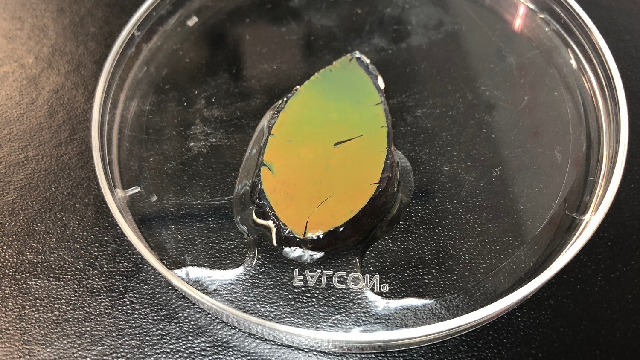
The ability to rapidly change colour the way chameleons do – not to mention neon tetra fish and some butterflies – is beneficial for camouflage and intimidating predators.
So beneficial, in fact, that scientists have been keen to develop artificial “smart skins” that will allow humans to do the same thing.
They’ve made promising attempts, but there’s always been one problem. Now a team from Emory University and Georgia Institute of Technology, both in Atlanta, US, thinks they have solved it.
We’ve known since 2015, thanks to research at the University of Geneva, Switzerland, that the colours of chameleon skin rely not on dyes or pigments, but on arrays of tiny photonic crystals. Similar research found the same thing in neon tetra fish.
Light reflecting from these microscopic surfaces interferes with other beams of reflected light, producing a colour. The colour changes when the distance between the crystals varies, such as when a chameleon tenses or relaxes its skin.
To mimic these natural abilities, scientists have embedded photonic crystals in flexible materials, such as hydrogels, and changed their colours by contracting or expanding the material like an accordion.
However, such large fluctuations in size can strain the materials and cause them to buckle.
To develop what they call their strain-accommodating smart skin (SASS), Khalid Salaita and colleagues first took a closer look at chameleon skin.
Time-lapse images showed that only a small fraction of the skin cells contain photonic crystal arrays; the rest are colourless.
Inspired by this observation, the researchers patterned arrays of photonic crystals in a hydrogel and then embedded these arrays in a second, non-colour-changing hydrogel that acted as a supporting layer.
Upon heating, the resulting material changed colour but remained the same size. SASS also altered its colour in response to natural sunlight, much as a tetra fish does.
To test its camouflage ability, the researchers fabricated a leaf-shaped SASS sample and arranged it among real leaves. After exposure to sunlight, it changed from orange to green and blended in with its surroundings. Crucially its size didn’t change.
SASS is also amenable to patterning, the researchers say in a paper published in the journal ACS Nano, though there are some current limitations.
“Our strategy, to embed responsive materials within a mechanically matched scaffolding polymer, provides a general framework to guide the future design of artificial smart skins,” they write.
Potential applications are in camouflage, signalling, and anti-counterfeiting, so it’s perhaps not surprising that the research was part funded by the US Defence Advanced Research Projects Agency Biological Technologies Office.
Login or Sign up for FREE to download a copy of the full teacher resource
